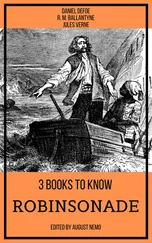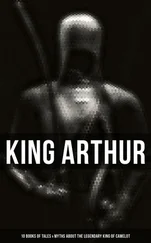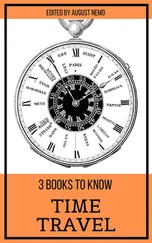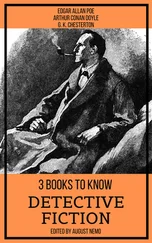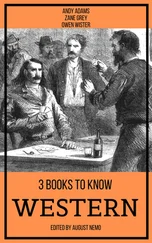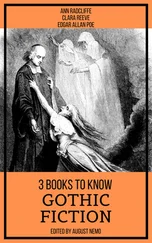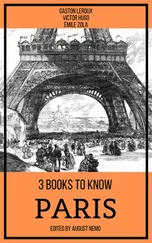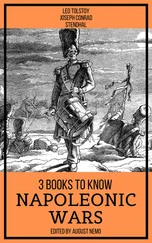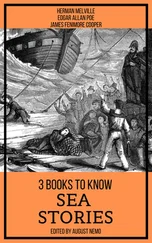Now in the reign of the third Norman king, Henry I., there lived a certain Welsh priest known as Geoffrey of Monmouth. Geoffrey seems to have been much about the Court, and perhaps it was the Norman love of stories that first made him think of writing his History of the British Kings. A wonderful tale he told of all the British kings from the time that Brut the Trojan settled in the country and called it, after himself, Britain! For Geoffrey's book was history only in name. What he tells us is that he was given an ancient chronicle found in Brittany, and was asked to translate it from Welsh into the better known language, Latin. It is hardly likely, however, that Geoffrey himself expected his statement to be taken quite seriously. Even in his own day, not every one believed in him, for a certain Yorkshire monk declared that the historian had "lied saucily and shamelessly"; and some years later, Gerald the Welshman tells of a man who had intercourse with devils, from whose sway, however, he could be freed if a Bible were placed upon his breast, whereas he was completely under their control if Geoffrey's History were laid upon him, just because the book was so full of lies.
It is quite certain that Geoffrey did not write history, but he did make a capital story, partly by collecting legends about British heroes, partly by inventing stories of his own; so that though he is not entitled to fame as an historian, he may claim to rank high as a romantic story-teller who set a fashion destined to last for some three centuries.
So popular was his book that, not only in England, but, in an even greater degree, on the Continent, writers were soon at work, collecting and making more stories about the greatest of his kings, Arthur. By some it is thought that the Normans took such delight in the knightly deeds of Geoffrey's heroes that they spread the story in France when they visited their homes in Normandy. Moreover, they were in a good position to learn other tales of their favourite knights, for Normandy bordered on Brittany, the home of the Bretons, who, being of the same race as the Welsh, honoured the same heroes in their legends. So in return for Geoffrey's tales, Breton stories, perhaps, found their way into England; at all events, marvellous romances of King Arthur and his Round Table were soon being told in England, in France, in Germany and in Italy.
Now, to some it may seem strange that story-tellers should care to weave their stories so constantly about the same personages; strange, too, that they should invent stories about men and women who were believed actually to have existed. But it must be remembered that, in those early days, very few could read and write, and that, before printing was invented, books were so scarce that four or five constituted quite a library. Those who knew how to read, and were so fortunate as to have books, read them again and again. For the rest, though kings and great nobles might have poets attached to their courts, the majority depended for their amusement on the professional story-teller. In the long winter evening, no one was more welcome than the wandering minstrel. He might be the knightly troubadour who, accompanied by a jongleur to play his accompaniments, wandered from place to place out of sheer love of his art and of adventure; more often, however, the minstrel made story-telling his trade, and gained his living from the bounty of his audience—be it in castle, market-place, or inn. Most commonly, the narratives took the form of long rhyming poems; not because the people in those days were so poetical—indeed, some of these poems would be thought, in present times, very dreary doggerel—but because rhyme is easier to remember than prose. Story-tellers had generally much the same stock-in-trade—stories of Arthur, Charlemagne, Sir Guy of Warwick, Sir Bevis of Southampton, and so on. If a minstrel had skill of his own, he would invent some new episode, and so, perhaps, turn a compliment to his patron by introducing the exploit of an ancestor, at the same time that he made his story last longer. People did not weary of hearing the same tales over and over again, any more than little children get tired of nursery rhymes, or their elders turn away from "Punch and Judy," though the same little play has been performed for centuries. As for inventing stories about real people, that may well have seemed permissible in an age when historians recorded mere hearsay as actual fact. Richard III., perhaps, had one shoulder higher than the other, but within a few years of his death grave historians had represented him as a hunchbacked deformity.
The romances connected with King Arthur and his knights went on steadily growing in number until the fifteenth century; of them, some have survived to the present day, but undoubtedly many have been lost. Then, in the latter half of the fifteenth century, the most famous of all the Arthurian stories was given to the world in Sir Thomas Malory's Morte D'Arthur. By good luck, the great printer who made it one of his first works, has left an account of the circumstances that led to its production. In the reign of Edward IV., William Caxton set up his printing-press (the first in England) in the precincts of Westminster Abbey. There he was visited, as he himself relates, by "many noble and divers gentlemen" demanding why he had not printed the "noble history of the Saint Grail and of the most-renowned Christian King ... Arthur." To please them, and because he himself loved chivalry, Caxton printed Sir Thomas Malory's story, in which all that is best in the many Arthurian romances is woven into one grand narrative.
Since then, in our own days, the story of Arthur and his knights has been told in beautiful verse by Lord Tennyson; but for the originals of some of his poems it would be useless to look in Malory. The story of Geraint and Enid, Tennyson derived from a very interesting collection of translations of ancient Welsh stories made by Lady Charlotte Guest, and by her called Mabinogion, [1] although not all Welsh scholars would consider the name quite accurate.
[1]Meaning the apprentices of the bards.
And now it is time to say something about the stories themselves. The Arthur of history was engaged in a life-long struggle with an enemy that threatened to rob his people of home, of country, and of freedom; in the stories, the king and his knights, like Richard Coeur-de-Lion, sought adventure for adventure's sake, or, as in the case of Sir Peredur, took fantastic vows for the love of a lady. The Knights of the Round Table are sheathed from head to foot in plate armour, although the real Arthur's warriors probably had only shirts of mail and shields with which to ward off the blows of the enemy. They live in moated castles instead of in halls of wood, and they are more often engaged in tournaments than in struggles with the heathen. In fact, those who wrote the stories represented their heroes as living such lives as they themselves led. Just in the same way, Dutch painters used to represent the shepherds in the Bible story as Dutch peasants; just so David Garrick, the great actor of the eighteenth century, used to act the part of a Roman in his own full-bottomed wig and wide-skirted coat.
It must not be forgotten that, in those far-away days when there were few who could even read or write, there was little that, in their ignorance, people were not prepared to believe. Stories of marvels and magic that would deceive no one now, were then eagerly accepted as truth. Those were the days when philosophers expected to discover the Elixir of Life; when doctors consulted the stars in treating their patients; when a noble of the royal blood, such as Humphrey, Duke of Gloucester, could fall into disgrace because his wife was accused of trying to compass the king's death by melting a wax image of him before a slow fire.
Of all the stories, perhaps the most mystical is that of the Quest of the Holy Grail, and it has features peculiar to itself. Nuns take the place of fair ladies; there are hermitages instead of castles; and the knights themselves, if they do not die, become monks or hermits. The reason for this change in scene and character is, that this is a romance in which the Church was trying to teach men, by means of a tale such as they loved, the lesson of devotion and purity of heart.
Читать дальше

